Should You Share Licorice With Your Dog?
16.04.2023.
As dog owners, we always want to ensure that our four-legged companions have a diet that satisfies their taste buds and keeps them healthy and happy. While many treats and snacks are available on the market, we must stay informed about what food is good for our dogs and which can be harmful. One of that food is licorice, so if you were wondering: Can dogs eat licorice, you came to the right place.
What is licorice?
Licorice is a versatile plant mostly found in Europe and Asia, and this plant has been used for centuries in traditional medicine and as a sweetener in various products. Licorice is a popular ingredient in candies, teas, and other food beverages, offering a sweet and somewhat bitter taste.
The primary active compound of licorice is glycyrrhizin. This compound is responsible for many helpful things, including inflammatory, anti-viral, and anti-bacterial effects. Still, it is also used because of its ability to treat different problems, including digestive and respiratory problems.
However, although this is very useful for us, and we can have many protentional positive effects from licorice, this may not be suitable for our companions.
Can dogs eat licorice?
The shortest possible answer would be – no; dogs shouldn't eat licorice, not even in small amounts. There are several reasons why you shouldn't allow your dog to come near this food if you want to protect your four-legged buddy.
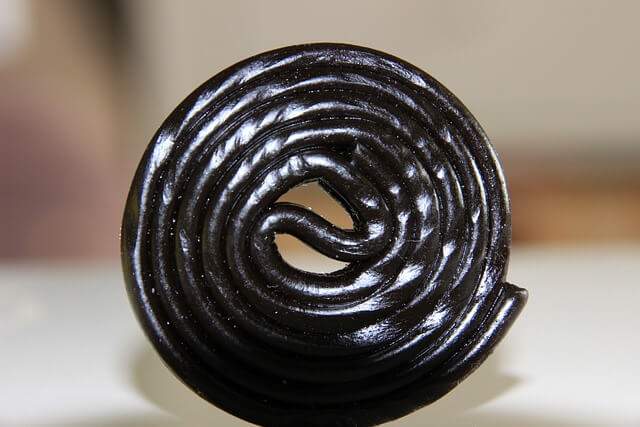
These are the reasons why your dog shouldn't eat licorice
1. Glycyrrhizin Toxicity
Glycyrrhizin is a primary active compound found in licorice, as we already stated above, that can be extremely toxic to dogs when consumed in large amounts. If your dog ingests some of the licorice, he may experience
- Vomiting
- Diarrhea
- Excessive thirst
In some severe cases, glycyrrhizin toxicity can cause
- electrolyte imbalances
- muscle weakness
- kidney or heart failure
Because of all this, it is crucial not to allow your dog to come near licorice so your dog will be safe.
2. High sugar content
Licorice candies and treats typically contain large amounts of sugar, and we all know this is not suitable for our dogs. Consuming excessive sugars can lead to
Not to mention certain sugar substitutes, such as xylitol, that are extremely toxic for dogs, and even in a small amount can cause different problems for our dogs.
3. Artificial ingredients and additives
Many licorice products, such as candies and treats, contain artificial colors, flavors, and preservatives that may harm dogs. These additives can easily cause allergic reactions to different digestive issues.
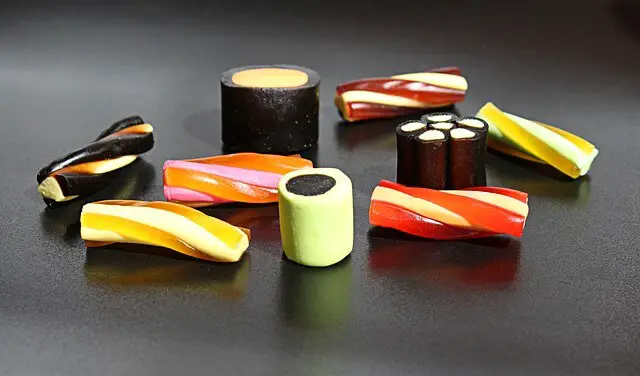
4. Choking hazard
Licorice candies pose a choking hazard for dogs, especially the smaller ones. With a hard variety of licorice candies, your dog has a high possibility of experiencing blockage in his digestive tract if he can consume large pieces of licorice.
What to do if your dog eats licorice?
If you suspect that your dog has consumed licorice, you need to act quickly and follow these steps to help your dog.
1. Look for symptoms
First, you should determine how much of the licorice your dog has ingested and if he is showing any symptoms. Symptoms like
- vomiting,
- diarrhea,
- thirst,
- lethargy,
- muscle weakness,
- rapid and irregular heartbeat
could all be a sign that your dog is experiencing toxicity from licorice.
2. Call your vet
Regardless of the amount of licorice consumed, you should always contact the vet and ask for his advice. You must be able to tell your vet how much of the licorice candy your dog has ingested and if any toxic ingredients are found in that candy.
This will help your vet assess the situation and give you the best possible advice to help your dog.
3. Induce vomiting
If your dog is experiencing serious toxicity causes, your vet could suggest that you try to induce vomiting before coming t the clinic. If you are not sure how to do it, this article could help – How To Make Your Dog Vomit?
4. Monitor your dog
Even if your dog doesn't show symptoms immediately after eating licorice, you should monitor him closely since some symptoms can occur after 24-48 hours. Be prepared if you notice any symptoms, to act quickly because if you do, there is a better chance that your dog will be all right.
How to prevent licorice toxicity in your dog?
The best thing you can do is to keep licorice far away from your dog's reach. If you like to enjoy these candies, whenever you finish eating, you should store them where your dog doesn't have access. This is the only effective way to ensure your dog will not experience licorice toxicity.
What are the safe alternatives for licorice?
If you want to share something with your dog that he can enjoy safely, you can try it with
1. Dog treats
Dog treats are specifically designed for our pets, and there is no risk that our dogs will experience toxicity after consumption. Some of these treats also offer some nutritional benefits for your dog. If you don't know how to choose the best ones, this article could help - Best Dog Treats and How to Choose Them
2. Fresh fruits and vegetables
Sharing dog-safe fruits and vegetables with our buddies could also be a great way of enriching their diet. If you decide to share some with your dog, ensure you understand what is safe to share with your dog and what food could also cause toxicity.
3. Homemade dog treats
There is always a possibility that you make your treats at home for your dog. This way, you control the ingredients that are in these cookies, and there is no possibility that your dog will experience toxicity. Depending on your dog, you can make your own recipe; just make sure that you use dog-safe ingredients.
Here is an article that can help you make homemade cookies for your dog if you are just starting - Homemade Peanut Butter Dog Treats Recipes
World Dog Finder team

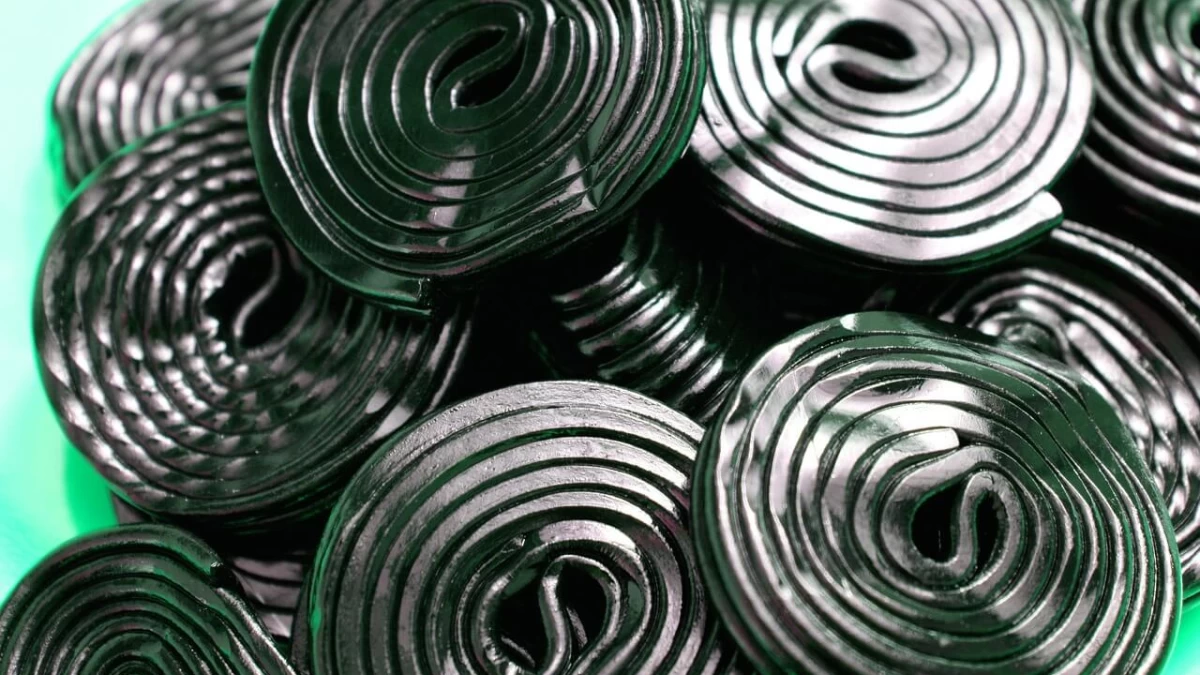
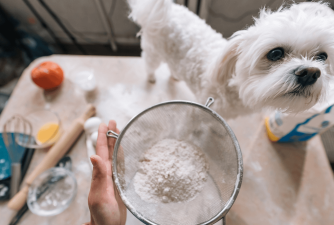
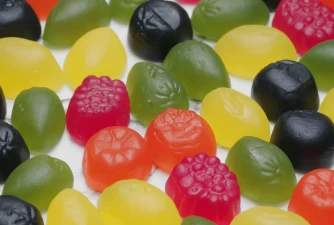
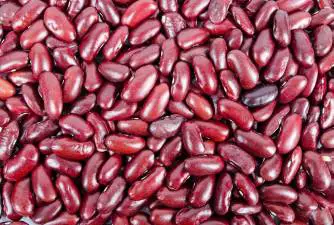


Share